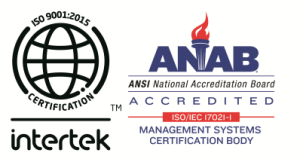The sand-casting method has been in use for ages, and the vitality of this method has not decreased with the emergence of the latest technology and machines.
Many intricate parts of mega machines are still manufactured using sand-casting technology. Since different equipment is made using the sand-casting methods using different alloys, sand casting foundries and companies have to follow different finishing methods.
These different finishing methods benefit the equipment and the material; therefore, sand-casting foundries should follow these precisely. Some of the same are mentioned herein below:
- LINISHING: the method is used to get rid of excess material and the risers from the equipment, giving it the proper shape and size.
- FETTLING: to improve the surface flatness of the equipment, grinding and sanding are done in this method.
- PEENING AND SHOT BLASTING: this method provides a uniform appearance to the casting by removing sand and small burrs.
- PAINTING: giving a colourful finish to the casting is done in the painting method. This method is suitable for casting, which requires resistance to abrasion and contact, and includes powder coating. Apart from this, wet painting is done for high-level coloured finishing effects.
- ANODISING: This method is used to produce a layer on the surface of the cast on which further painting could be done. There are two types of acid anodizing: one is chromic acid anodizing, which produces a thin layer, and the other is sulphuric acid anodizing, which creates a thick layer.
- MOLY SPRAYING: this method is used for the casting made of such alloys, which could be suitable for harsh temperature conditions. This method is used for aviation or aerospace equipment.
With various finishing methods, sand casting companies and foundries can provide the best equipment to their client companies.



